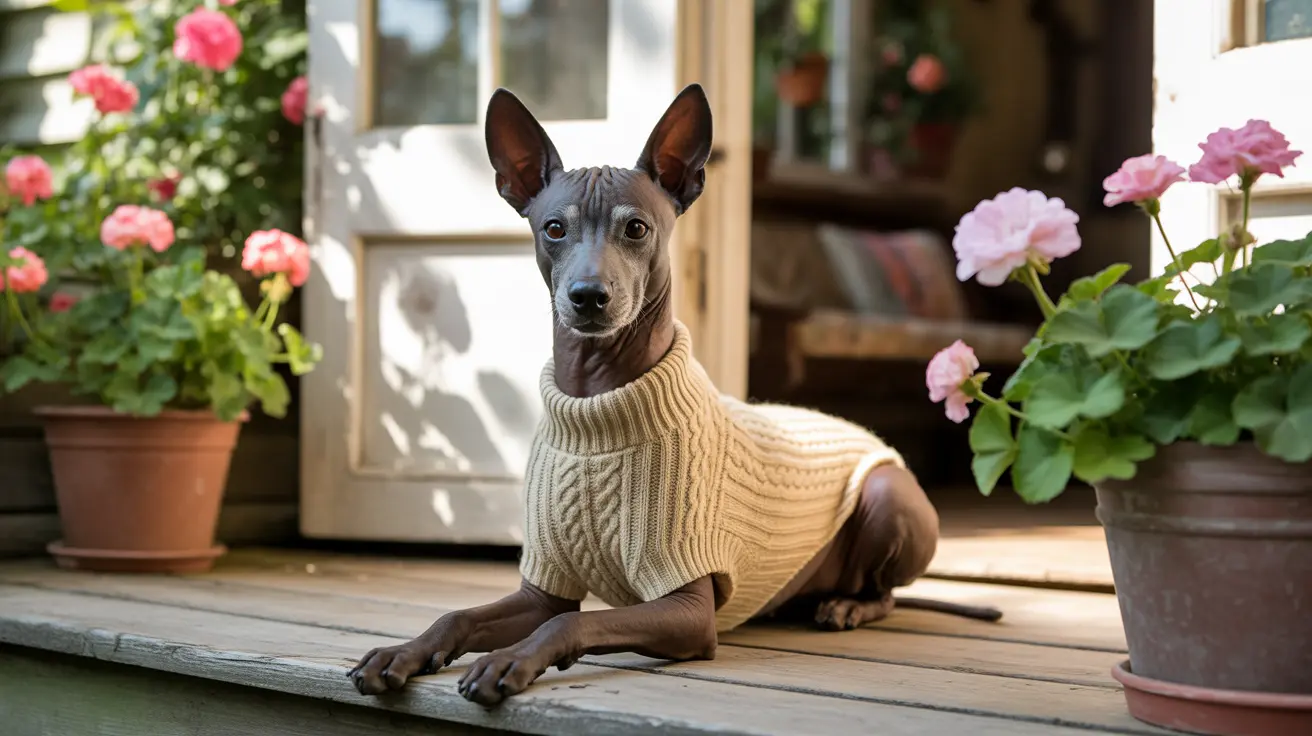Hairless dogs are fascinating creatures that challenge our typical perception of what a dog should look like. Despite their name, most hairless breeds aren't entirely devoid of fur, and their unique characteristics make them both intriguing pets and important cultural symbols. Whether you're considering adopting a hairless breed or simply curious about these remarkable dogs, this comprehensive guide will explore everything you need to know.
Understanding Hairless Dog Breeds
Hairless dogs result from specific genetic mutations that affect their coat development. Most recognized hairless breeds, such as the Chinese Crested and Xoloitzcuintli, carry a dominant gene for hairlessness. This genetic trait creates dogs with varying degrees of hairlessness, often with tufts of fur in specific areas like the head, feet, and tail.
Common Hairless Dog Breeds and Their Characteristics
Several distinct breeds make up the hairless dog family, each with unique traits and personalities:
Xoloitzcuintli (Mexican Hairless)
This ancient breed comes in three sizes and features smooth, dark skin. They're known for their loyalty and intelligence, making excellent companion dogs. Some Xolos have sparse hair on their head and tail, while others are completely hairless.
Chinese Crested
Perhaps the most recognizable hairless breed, Chinese Cresteds come in both hairless and "Powderpuff" varieties. The hairless variety typically has tufts of hair on their head (crest), feet (socks), and tail (plume).
American Hairless Terrier
One of the few truly hairless breeds, these dogs were developed from Rat Terriers. They're energetic, intelligent, and completely hairless, making them ideal for allergy sufferers.
Special Care Requirements
Hairless dogs require specific care to maintain their health and comfort:
Skin Protection
Without fur for protection, these dogs need regular sunscreen application when outdoors and must wear protective clothing in cold weather. Their sensitive skin requires gentle, dog-specific moisturizers to prevent dryness and irritation.
Temperature Regulation
Hairless breeds are particularly susceptible to temperature extremes. They need warm clothing in cold weather and should have limited sun exposure during peak hours to prevent burning.
Grooming Needs
While they don't require traditional brushing, hairless dogs need regular baths to keep their skin clean and healthy. They're also prone to blackheads and acne, requiring consistent skin care routines.
Frequently Asked Questions
Are hairless dog breeds really completely hairless, or do they have some hair?
Most hairless dog breeds aren't completely hairless. They often have varying amounts of hair on their heads, feet, and tails. The American Hairless Terrier is one of the few breeds that can be truly hairless.
What are the main health and skin care requirements for owning a hairless dog?
Hairless dogs require regular bathing, skin moisturizing, sun protection, and temperature management. They need sunscreen when outdoors and protective clothing in cold weather. Regular veterinary check-ups are essential to monitor skin health.
Can hairless dogs help with allergies, and are they truly hypoallergenic?
While hairless dogs produce less dander and shed minimally, no dog is completely hypoallergenic. However, they may be better suited for people with mild dog allergies compared to furry breeds.
What special precautions should I take when taking a hairless dog outside in cold or sunny weather?
In cold weather, hairless dogs need protective clothing like sweaters or coats. In sunny weather, they require dog-safe sunscreen and should avoid prolonged sun exposure during peak hours.
Which hairless dog breeds are most common, and what are their unique personalities and needs?
The most common hairless breeds are the Chinese Crested, Xoloitzcuintli, and American Hairless Terrier. Each has distinct personalities: Chinese Cresteds are affectionate and playful, Xolos are loyal and calm, and American Hairless Terriers are energetic and intelligent.
Conclusion
Hairless dogs offer a unique alternative to traditional furry breeds, combining exotic appearance with devoted companionship. While they require specialized care and attention to their skin health, these remarkable animals can make wonderful pets for dedicated owners who understand and can meet their specific needs.






